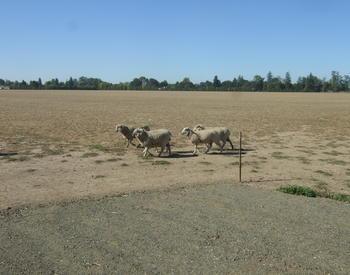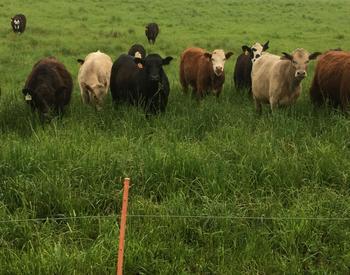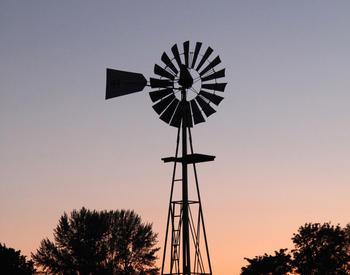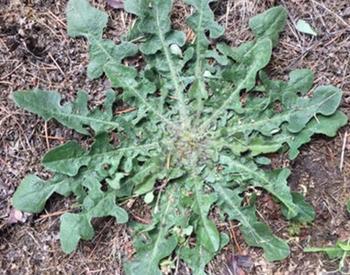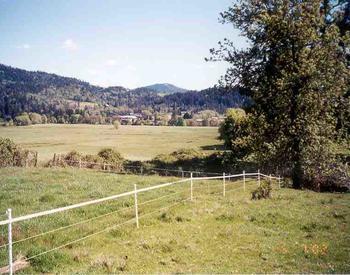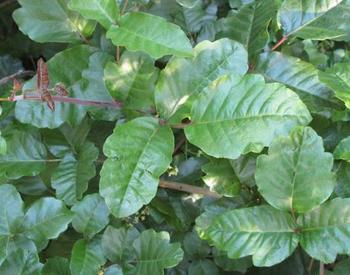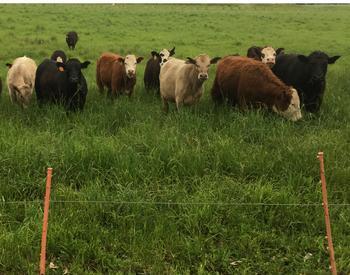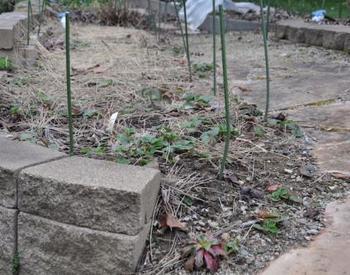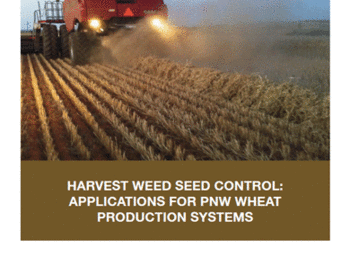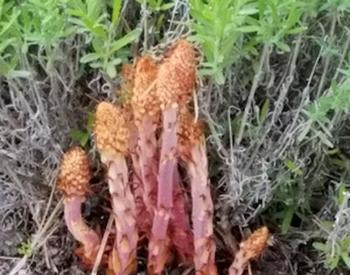Weeds can lower the quality and quantity of forage in a pasture or hayfield. In general, weeds have lower protein and energy than improved, cool season perennial and annual forages under good grazing management. The palatability (taste, acceptability) and yield (pounds) of weeds is usually lower than desirable forage. However, carefully done, some weeds may be grazed by sheep or goats. Take care that you do not expose livestock to toxic weeds. Weeds can be spread around by contaminated hay and animals pastured on weedy fields. Because of the negative attributes of weeds, buyers pay less for hay and pasture if it contains a significant amount of weeds. Overall, the value of forage is reduced by weeds.
Controlling weeds in pastures and hay fields is cost effective if done properly. Done incorrectly, it may cost more than benefit. In spring and summertime months I get a lot of requests for help in controlling weeds, so I thought I would write this summary on general weed control in pastures and hayfields. The information can generally be applied to other sites, but to be sure, contact your Extension professional for your specific case.
Weed ID
The best place to start on weed control is with weed identification. It is very important to positively ID a weed so that appropriate control methods can be chosen. With so many weeds, ID can seem overwhelming, but it really is not that difficult; especially with all the available assistance around you. If you have a lot of property, you should learn to ID weeds yourself. If you have only a small amount of land, you can rely on others to do the weed ID for you. In both cases you can get assistance from OSU Extension Service.
Begin by careful observation of the plants in your field. Get to know what belongs there and what is out of place that you do not want there. Soon you will recognize the different weeds by sight. Also, get t he book “Weeds of the West,” and look through it. You may recognize your weeds in the book and thus have their name and growth characteristics. Learn to recognize the weeds at different stages of growth. It may be easier to recognize a plant when it is in flower, but this is not always the best time for control, as control methods work differently at different stages of the weeds life. Note the location of weeds so you can go back and apply control. Once you have the name of the weed, you can begin an organized weed control program.
So, what’s in a name? For weed ID and control, scientific names are the best ones to use, as they more accurately belong to specific plants. Scientific names are Latin words for the genus and species of the plant, can be likened to a first and last name, and are italicized or underlined. An example would be Cirsium vulgare or Cirsium vulgare. The official common name for this plant is bull thistle. Sometimes people make up names for weeds, and so common names or nick names for weeds are less accurate and can lead us to wrong information.
If you still need help on identifying a weed, bring a sample into your local Extension office. Agents or Master Gardener volunteers will ID it for you, or send it to the OSU campus herbarium for our botanists to ID. It is important to bring a well-kept, representative sample. Collect the entire plant, if not too large, roots to flowers, and place it in a bag. If the plant is fresh and green, wrap the root end in a slightly moist paper towel and place it in a plastic baggie; one sample per bag.
Weed Control
With the weed properly identified you can begin a control program. At OSU we advocate integrated pest management or IPM for all pest control, whether they are plant, insect, or other pests. This IPM method uses a combination of control methods to improve success of control and be economically sound and environmentally friendly.
There are several methods in IPM. The general idea is to do all you can to favor desirable forages and disfavor the undesirables. For a pasture, that would mean proper selection and management of forages and direct weed control. Educate yourself on which methods actually work, and be careful not to make the problem worse by applying the wrong control method to your weeds.
Forage Management
The key to keeping weeds controlled in forage is proper forage management. Learn all you can about this topic and practice what you can. You will not only have health forages, but also have fewer weeds to contend with. It is very difficult for weeds to invade healthy, dense stands of perennial grasses and legumes. Here are the basic forage management steps to follow:
- Take a soil sample and submit it to a lab for testing
- Fertilize according to soil test results; you can broadcast amendments over the forage, but it is better to incorporate them into the soil before planting.
- Choose plants that are appropriate for your soil type (irrigation, drainage, shade, etc.)
- Choose plants that are appropriate for the grazer (finishing lambs, mature cattle, etc.)
- Control harvesting (rotational grazing, grazing or mowing height and timing)
- Irrigation Management (avoid excess and shallow application)
Direct Weed Control
Direct methods of weed control include:
- Prevention: import only clean seed, soil, and rock to your farm
- Annual cropping followed by establishing perennial forages
- Mechanical: pulling weeds or chopping root beneath soil surface
- Tillage: can spread some weeds
- Chemical Control: effectiveness varies, follow label, timing, and rate
Internet Resources
Tips & Important Points
Make sure you have proper ID of your weeds; know the growth habit and preferences of the weeds and desirable forages; and make sure the control method you choose is appropriate.
Map out your farm and mark the location of weeds.
Use an extra calendar to note control timing so next season you don't pass up opportunities to apply control at the proper time.
